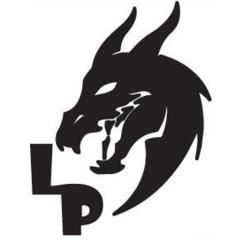Sign in to follow this
Followers
0

Controlling Depth of Field
By
Darkdragon, in Brick Flicks & Comics
-
Recently Browsing 0 members
No registered users viewing this page.

By
Darkdragon, in Brick Flicks & Comics
No registered users viewing this page.